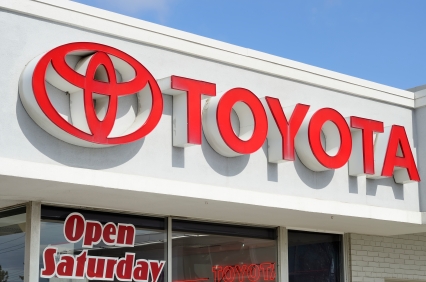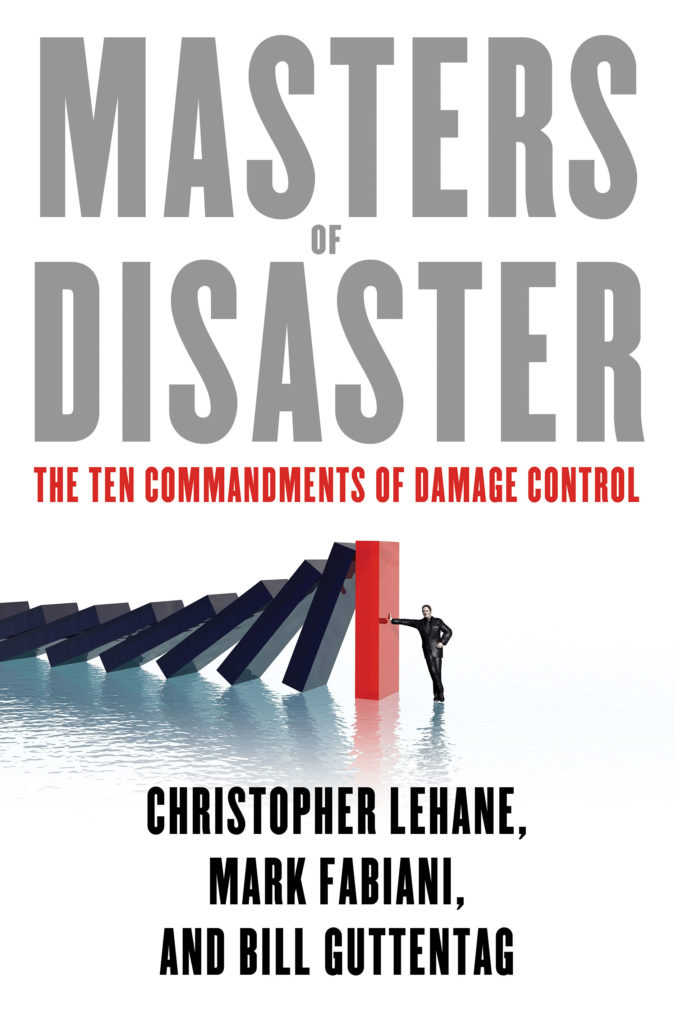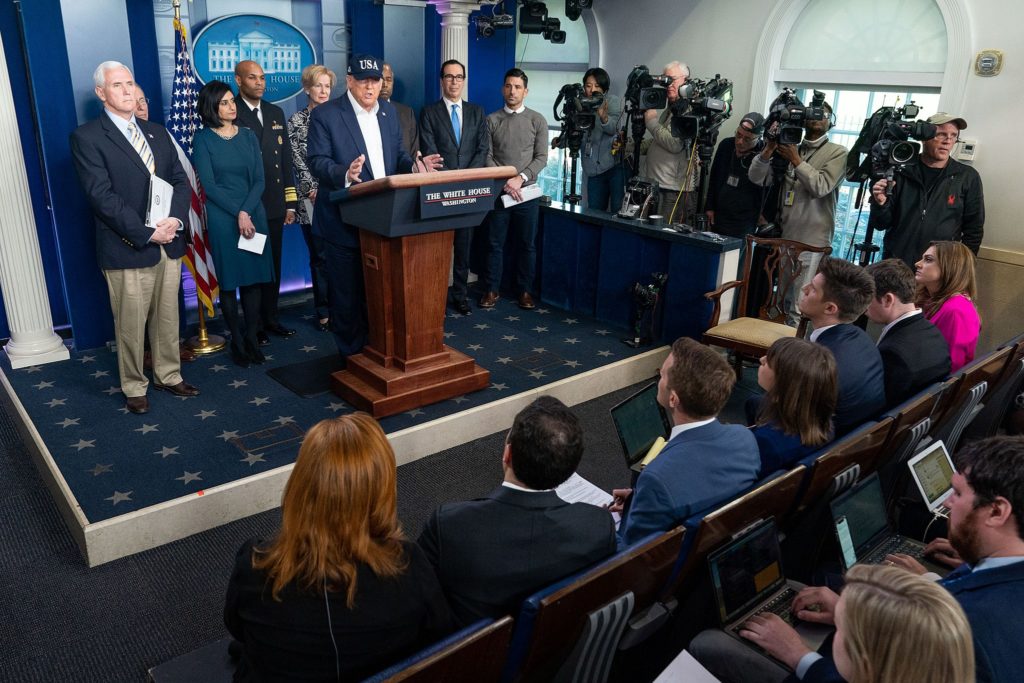Case Study: How Toyota Crashed Its Brand
Editor’s Note: This case study was originally published in “Masters of Disaster,” an excellent new book about crisis communications. This is one of several case studies the authors highlight in the book.
In January 2009, Toyota officially surpassed GM to become the world’s number one auto company.
Toyota’s success was decades in the making and directly attributable to the commitment of the Toyoda family (the company’s founders) to building one of the world’s most trusted consumer brands.
A number of surveys over the years documented that the carmaker’s brand was among the best in the world, and this was grounded in consumer perceptions of Toyota vehicles as safe, high-quality automobiles. Consumers trusted the Toyota brand so much that the company had developed a significant competitive advantage on the basis of its customer loyalty. If you bought one Toyota, there was a good chance you would have a long-term relationship with the carmaker.
In late August 2009—the same year the company became the world’s number one auto brand—an off-duty California policeman was driving a Toyota Lexus that accelerated in excess of one hundred miles per hour and crashed, killing the officer and his family. The incident received news coverage that featured a recorded cell phone call to 911 documenting that the acceleration was uncontrolled, and the driver had no part in the sudden acceleration. In part because of the novel, TV-friendly existence of the 911 cell phone recording, this became a story in the electronic media and spiked existing concerns about whether Toyota vehicles suffered from an electronic defect that caused uncontrolled acceleration—in turn putting pressure on federal safety regulators responsible for protecting the public.
The subsequent events provide key lessons in damage control careening out of control.
At the time of the fatal accident, Toyota was well aware of quality and safety questions about unintended accelerations. The trail of evidence included data from the NHTSA (the National Highway Traffic Safety Administration—the government agency empowered to ensure automotive safety) from 2004 indicating that Toyota vehicles accounted for 20 percent of all uncontrolled acceleration accidents (compared to 4 percent in 2000); the company’s own 2009 analysis into these accidents, which suggested that the cause of the uncontrolled acceleration was due to floor mats obstructing gas pedals; and an early October 2009 recall of 3.8 million cars to address concerns that the floor mats could be obstructing the gas pedal.
However, the story ratcheted up even further when in October 2009, the Los Angeles Times launched an investigative series examining Toyota’s safety and quality practices.
Over the course of several months, the paper reported that:
- Toyota’s acceleration issues dated back to 2002, when the company began installing drive-by-wire systems in its vehicles.
- The company had received 1,200 complaints of unintended accelerations, and the uncontrolled accelerations continued even when the floor mats in question were removed.
- Toyota sought to prevent making available the data collected by onboard recorders of vehicles that had experienced uncontrolled acceleration.
- And more people had died from uncontrolled accelerations involving Toyota cars than from all the other car companies put together.
In the face of these articles and other media coverage, Toyota continued to insist that there was no defect and that the floor mats were the root cause of the uncontrolled accelerations. The company even sent a letter to its customers at the end of October 2009 explicitly stating, “no defect exists.”
A few days later, the NHTSA took the highly unusual action of issuing an especially harsh response to Toyota’s “no defect” letter, calling it “inaccurate” and “misleading,” and adding that the recall of the floor mats “does not correct the underlying defect.”
The rebuke by the feds turned what was a big story into an even bigger story.
The controversy continued to escalate and Toyota issued a press release denying media reports about the defects. However, by late November, Toyota dealers were being instructed to remove and replace gas pedals and update the onboard computers on some vehicle models.
But the accidents continued.
On the day after Christmas 2009, a Toyota Avalon carrying four passengers accelerated and crashed into a Texas lake, killing everybody on board.
By December 31, 2009, Toyota had accounted for 33 percent of all uncontrolled acceleration complaints that year.
On January 16, 2010, Toyota stated that a supplier was responsible for the gas pedals that may have had a dangerous “sticking” defect.
Then five days later Toyota announced a recall for 2.3 million cars to fix sticky pedals.
And the problems for Toyota grew still worse.
On January 26, 2010, the company suspended the sale of eight models and announced that beginning the following week it would temporarily shut down five North American assembly plants. The company did not make public that it took these steps at the direction of the federal government, but the next day, Department of Transportation secretary Ray LaHood effectively called Toyota on the carpet by publicly stating that his agency had directed Toyota to suspend its operations—a statement that Toyota had to confirm.
On February 5, Toyota president Akio Toyoda finally appeared at a press conference. Facing the media, he apologized and announced a task force involving outside experts. But by now—after multiple explanations—the damage had been done.
Toyota temporarily shut down its manufacturing plants at a cost of $54 million a day; monthly car sales dropped below 100,000 for the first time in more than a decade; Toyota’s U.S. market share fell to its lowest level since January 2006; the company’s stock dropped 16 percent; Consumer Reports removed its “buy recommendation” on eight Toyota models; the Department of Justice and the Securities and Exchange Commission initiated investigations; and Congress opened up its own inquiry, complete with public hearings.
By 2011, two years after ascending to the top, Toyota was passed by GM as the number one carmaker in the world.
And even though a subsequent NHTSA study came out generally supporting Toyota’s claim that there were no defects in the technical sense, and Toyota has since worked to claw its way back to its previous position in the public eye, Toyoda acknowledged that Toyota’s crisis response, like the warden and prisoners in Cool Hand Luke, suffered from a failure to communicate:
“We came to realize the problem was rather with communications.”
Masters of Disaster is available in hardcover here and for the Kindle here.
Copyright © Christopher Lehane, Mark Fabiani, and Bill Guttentag, 2012.




